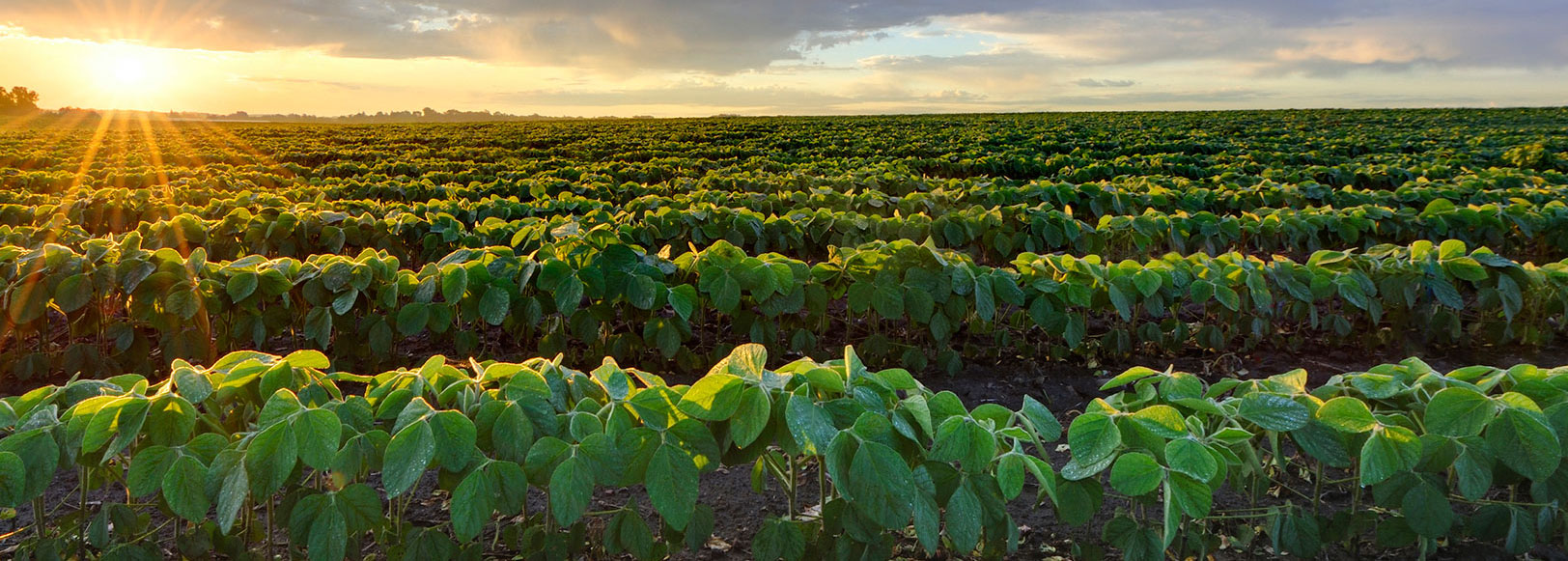Suitability Document
A Suitability Document as described below should be prepared by the registrant for the first registration of each named horticultural growing medium and be submitted to the Commissioner along with the Registration Document and label. Subsequent registrations of the same media formulation will not require the submission of a new Suitability Document.
The purpose of the Suitability Document is to show in a practical as opposed to a theoretical way that the medium is suitable for its labeled intended use(s) and/or claims of suitability when combined with generally accepted horticultural industry growing practices.
Test Design
For general purpose use claims, and for claims of suitability or usefulness for a specific crop or crop environment or user group, provide reproducible information to the Commissioner indicating how these claims were determined.
Manufacturers may design their own plant growth evaluations using the medium to be registered, or have an independent source (University or reputable private labs) evaluate the medium, or rely on reproducible information (not unsupported testimonials) from growers who have utilized the medium. Such evaluations need not be extensive, costly, or exhaustive. Photographs may be helpful in documenting results, but are not required. Information should be in sufficient detail to permit an independent person to generally reproduce the evaluation trial.
The test design should grow-out plants according to the specifications of the intended use(s) of the horticultural media as claimed on the label. For example, a germination mix would require only a germination test. Whereas, a professional mix for commercial growers would require growing plants to their finished stage for sale or maturity i.e. flowers and/or fruiting structures. A rooting mix would require a test proving rooting capacity of the media.
Suggested test plants for media intended for commercial greenhouse use would be tomato, impatiens, geranium, and begonia grown in a greenhouse environment.
Suggested test plants for media intended for retail sale and use by homeowners/consumers would be tomato, impatiens, philodendron, and ficus in indoor and/or outdoor environments as the product is intended.
Suggested test plants for media intended for commercial outdoor container growing of woody ornamentals would be maple, ligustrum, pine, and azalea in an outdoor environment.
Suggested test plants for media intended or promoted for use for a specific crop would be that crop.
A separate trial should be performed for each of the intended uses of the product (bulbs, seeds, rooting cuttings, repotting, planters/outdoor containers, houseplants, etc.)
A written description or narrative of the suitability trial should include the following components: 1.Introduction, 2.Methods and Materials Used, 3.Results (i.e. data, pictures, etc.), 4.Conclusions, and 5.References (if used).
Results
The Results are the most important part of the study and should include the following at a minimum:
1) The conditions under which the study was performed i.e. maximum and minimum temperatures, light intensity and duration, frequency of watering, type and frequency of fertilizer applications, and pot or flat size as applicable.
2) The length of time the study was conducted i.e. begin and end dates.
3) Beginning and ending measurements of plant growth for each intended use:
a.) For media intended for plant growth, give a measurement such as plant height, and/or width, fresh or dry weight, or number of leaves, which would give an indication of plant growth.
b.) For media intended for rooting of cuttings, give the percentage of cuttings that rooted successfully (do not use Coleus). Indicate if a hormone was used, also the type, and strength. The number and profusity of roots may be best indicated by photographs.
c.) For media intended for seed germination, give the percent which germinated in the medium (do not use beans), as well as the percent which germinated on blotter paper in a Petri dish (control) under the same conditions.
d.) For all media tested the starting pH and soluble salts 24 hours after planting, and the pH and soluble salts at the termination of the study.
4) A detailed explanation of any rating system which you might have used in addition to measurements described above.
5) Results of a "control" group should also be included in the trial as a base comparison using either a standard/basic formulation or a similar competitor’s product.


